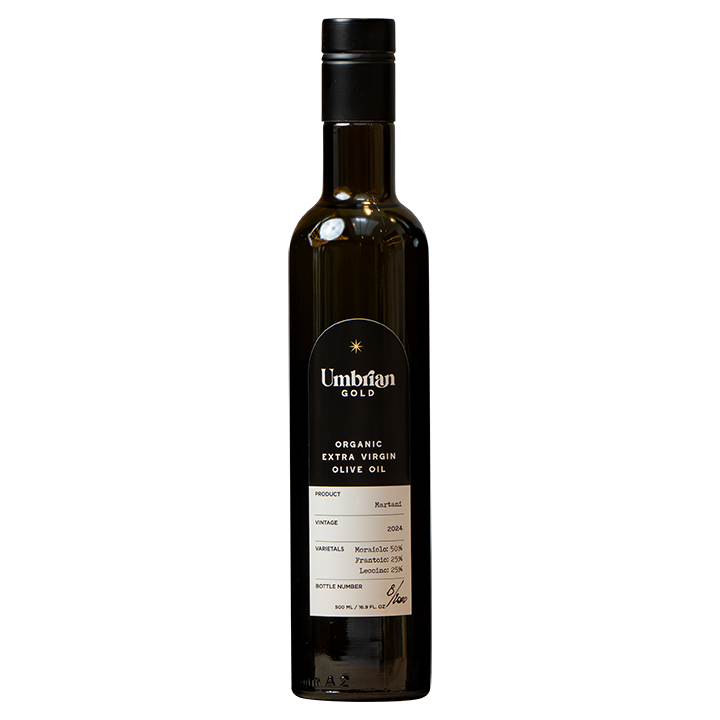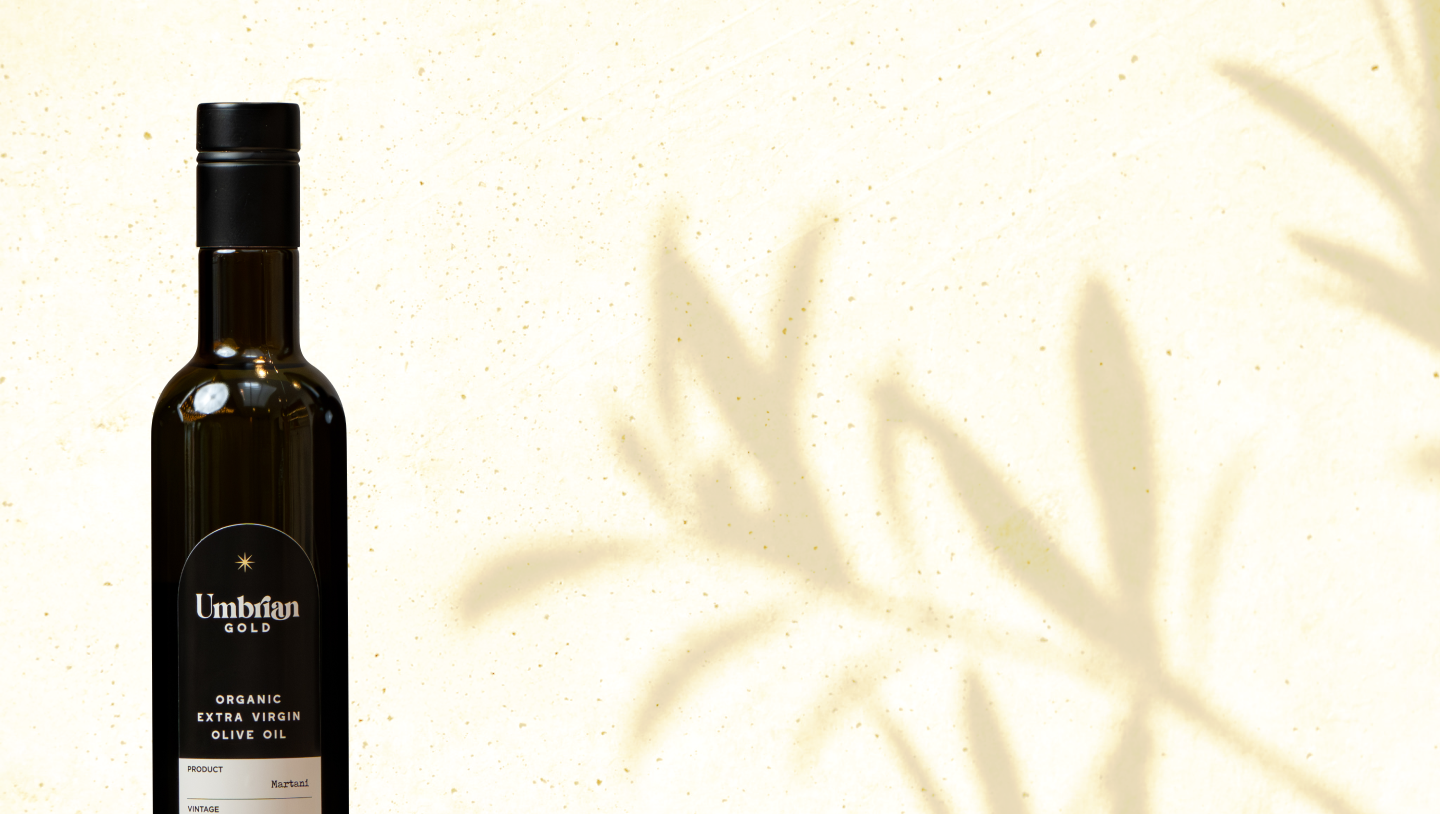
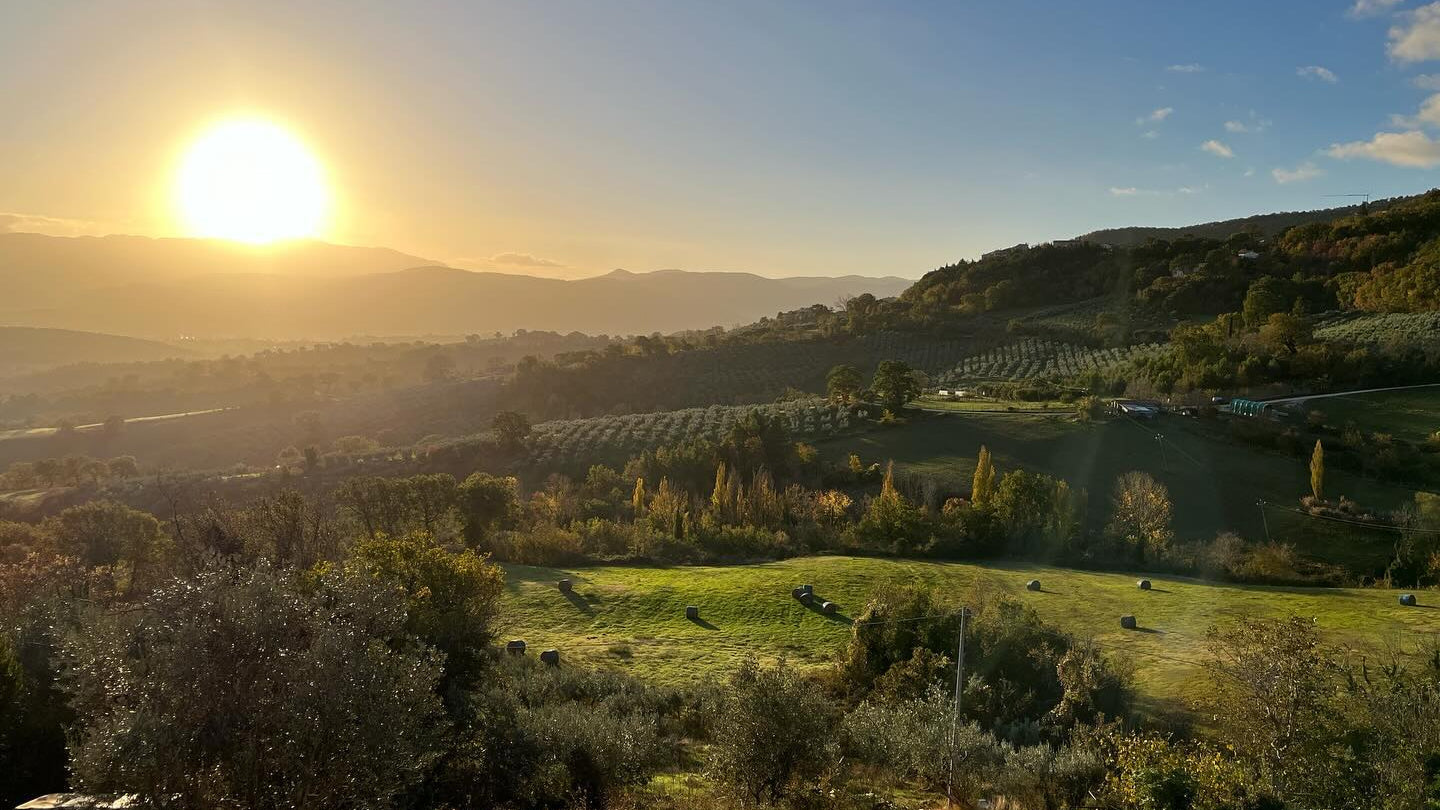
Taste the Landscape
Small Batch Umbrian Olive Oil
Where Family Heritage Meets Culinary Excellence
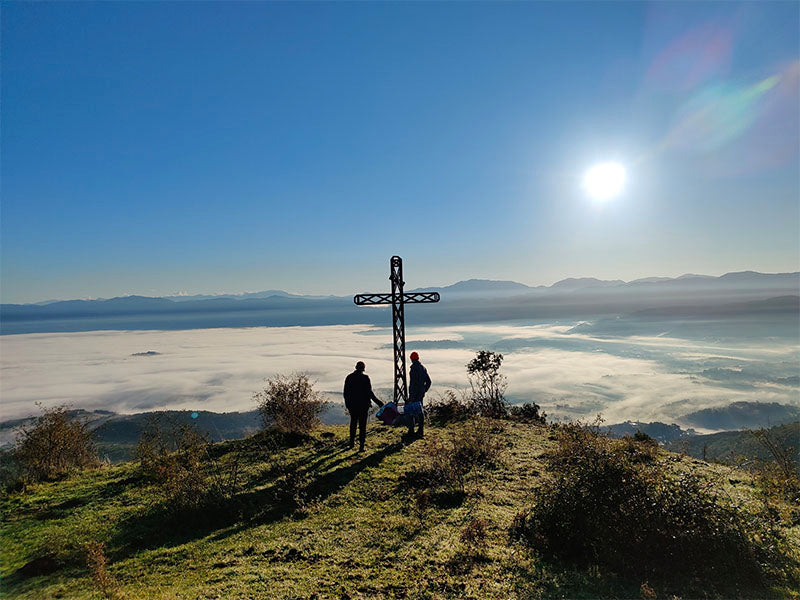
Umbria
Umbria is Italy’s most mysterious region. Home of the ancient Etruscans, a civilization that flourished in the shadows of its many hills. With no coastline, surrounded by mountains, Umbria was always hard to reach.
The hills made farming difficult, but Umbrians – shadow people, – learned to manage the land despite its uneven terrain, cold winters, and harsh winds. Umbria doesn’t look like the rest of Italy. It’s wilder. Rougher. So are its people, and so are its farms.
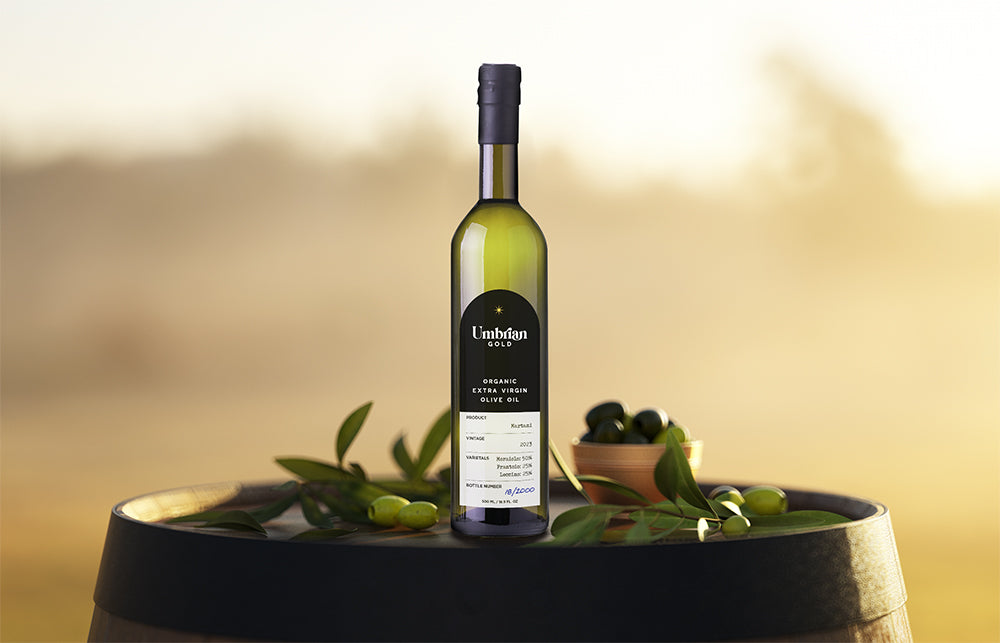
Produce grown in these harsh conditions can be extraordinary. Apples, grapes, and apricots are the world’s best, when they survive. Despite the uncertainty, Umbrians grow them, but rarely exclusively. Almost everyone keeps an olive grove, because the varietals planted in Umbria thrive despite the weather. Some years are better than others, but we haven’t had a catastrophic season since 1956.
Most olive groves are planted on hills. This makes picking the olives difficult, but the slope prevents water from stagnating and ruining the trees.

Olive Oil
-
Umbrians grow olives to make olive oil. This oil is the basis of their cooking. Rural families consume an average of a liter of oil per week. Oil goes on everything.
-
Of course Umbrians produce all types and quality of oil. Large producers send enormous quantities throughout Italy and the world. Their product is good by international standards, but the locals like to tell visitors that “they wouldn’t put it in their car.”
The highest quality oil is made by families, from family-owned trees, for their family. Any oil that they can’t consume is sold.
We source olives from families we know. Most groves are maintained by a single person who’s been doing it for decades. When it’s time to pick the olives, the whole family helps.
This year’s Moraiolo – the primary varietal in this year’s blend – is 100% sourced from our own farm. We picked the olives ourselves.
Umbrian Gold olive oil is “extra virgin”, “cold pressed” and “bio” by default. Our oil is bold, slightly spicy, and well structured. People who try it for the first time say that it’s unlike any olive oil they’ve had. It’s not another level, it’s another category.
Tasting Notes
-
Martani 2024
Martani 2024 is a blend of Moraiolo, Frantoio, and Leccino. These three olive varieties, the most common in Umbria, give the product a solid structure and balance. This oil has a fresh, bold nose, with aromas of freshly cut grass, tomato, almond, and artichoke. On the palate, it is smooth and full-bodied, with a gentle spice on the back of the tongue. The spice intensifies as the oil warms and oxidizes on the palate, leaving a lingering warmth on the finish. Martani 2024 is well-balanced, with complex flavors and aromas, perfect for use in cooking and salad dressing.
Martani 2024 is a little less spicy than 2023 but more full-bodied. This was an excellent season in the region and the oil we produced is exceptional.
Suggested pairings
-
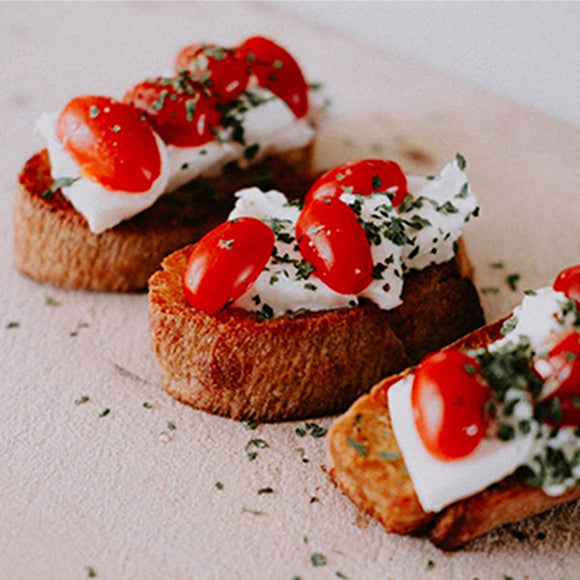
Bruschetta
Drizzle this olive oil over toasted bread, or use it to enhance toppings like fresh tomato, basil, or arugula and parmesan.
-
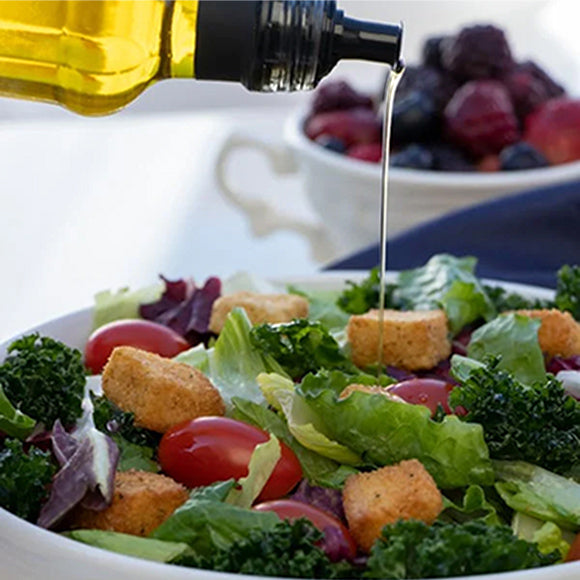
Salad dressing
Whisk Umbrian Gold with sherry vinegar, Dijon mustard, shallots, salt and pepper.
-
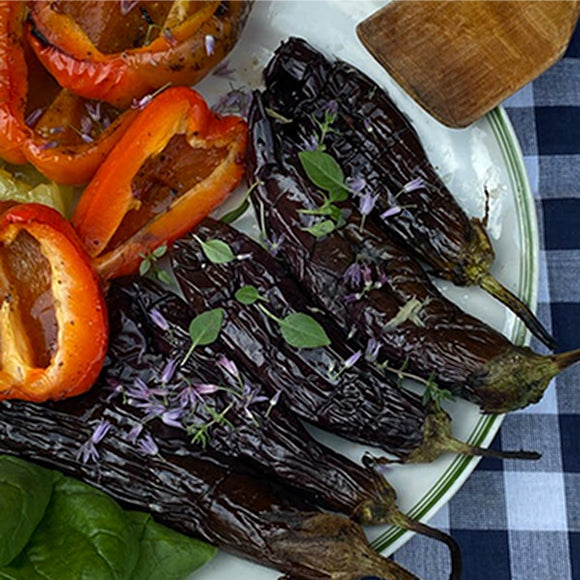
Grilled vegetables
This olive oil is perfect for grilling vegetables, such as asparagus, zucchini, and eggplant. Pour fresh oil over the vegetables before serving. Nothing healthier!
-
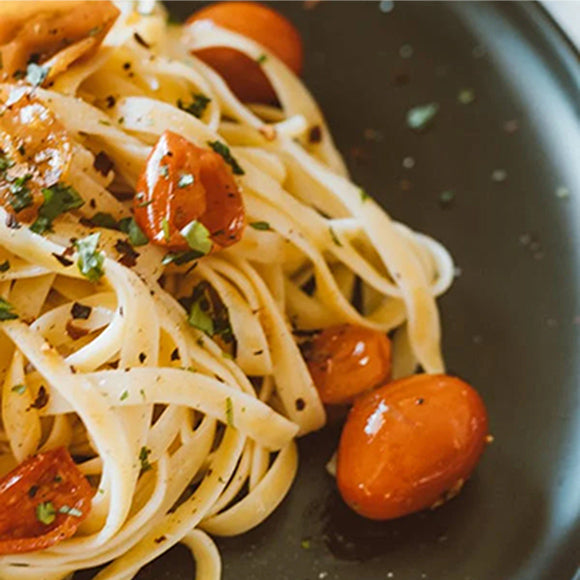
Pasta
Add a drizzle of this olive oil to your favorite pasta dish for a boost of flavor.
-
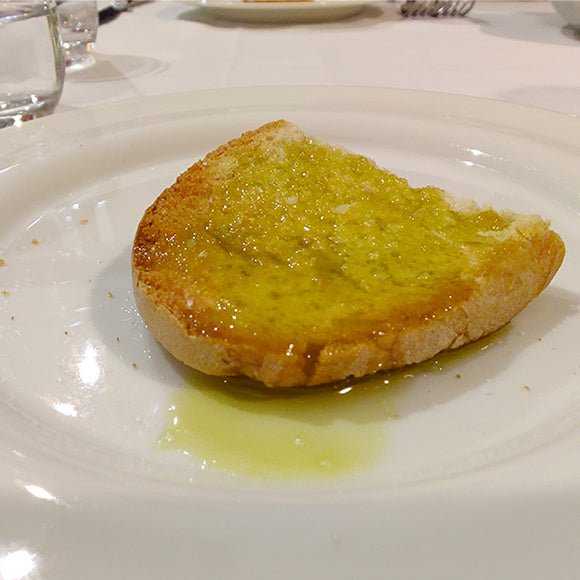
Dipping oil
Serve this olive oil with bread and salt for a simple and delicious appetizer.
-

Anything, really
We make a delicious olive oil cake, and sometimes pour it over ice cream!
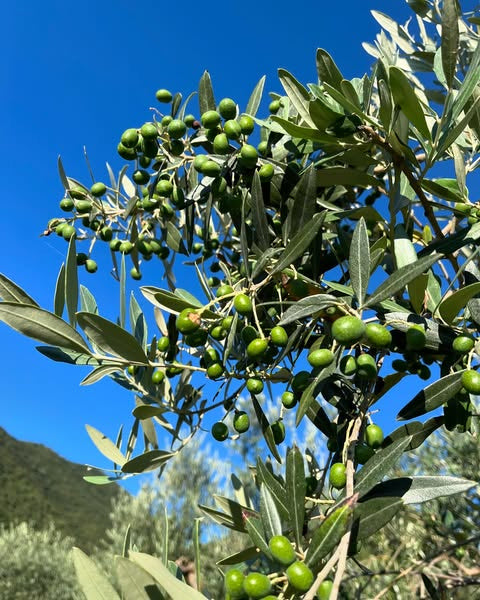
Olio Nuovo
Freshly-pressed early season oil is called “olio nuovo”, new oil. Olio nuovo is spicy. This year’s Umbrian Gold includes oil from six different pressings. Early pressings were definitely olio nuovo, which contributes to the blend’s spice. Later pressings support the bold, well balanced structure.
Unlike wine which can improve with age, oil deteriorates with time. Oil lasts a year.

After a month it mellows noticeably. Flavors blend and accents are less sharp, but the oil’s structure is still evident. This is its noble period. After a year, the structure has all but disappeared. Some Umbrians will continue using it for cooking but, as a condiment it will immediately be replaced by the next vintage.
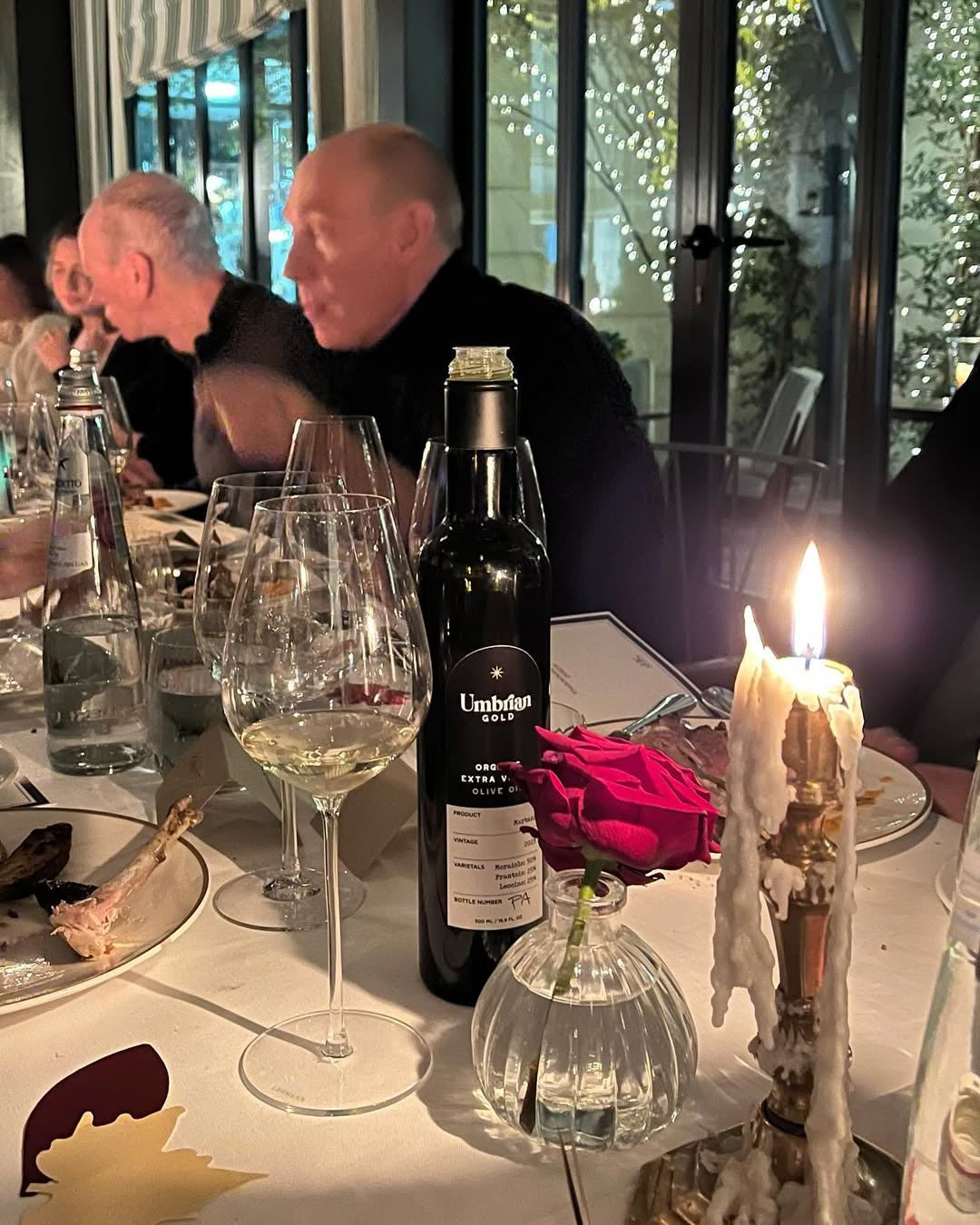
Families
We know all of the families – including our own! – that have contributed olives to this vintage. Some groves are as small as 25 trees, some as big as 350. By any standard, the big groves are small! Groves that are producing top-quality olives today were planted at least two generations ago. Olive trees can live to 500 years, but trees that old are rare in Umbria due to frequent seismic activity.
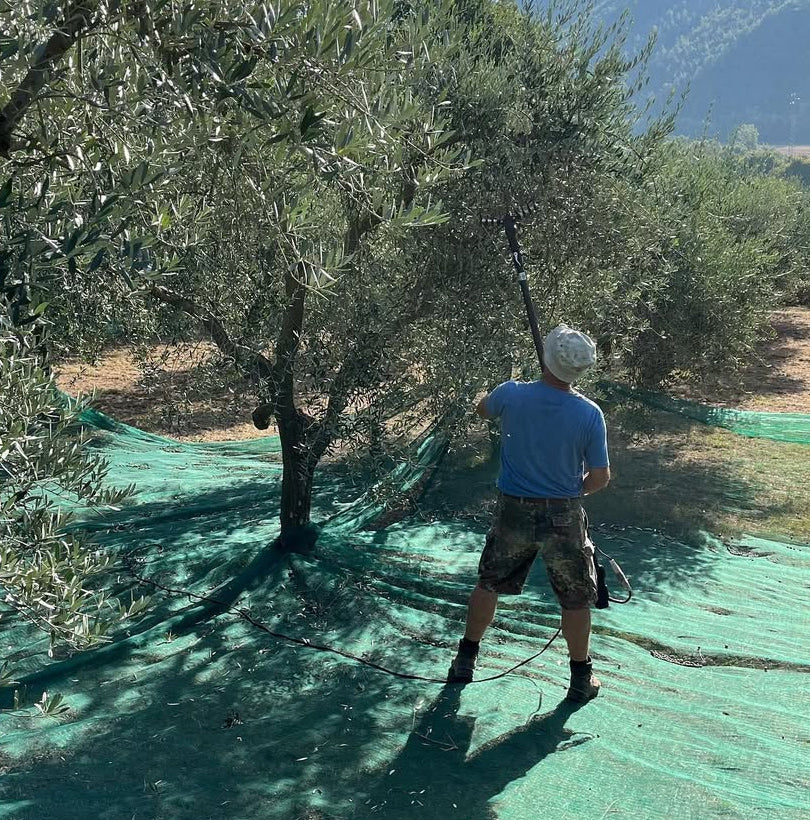
Only one generation ago olives were picked by hand, with ladders and baskets. Today, we use nets and beaters powered by compressed air or batteries. It is still painstaking work. The season starts in mid-October and runs to mid-November. During that month the weather can change from hot and dry to cold and rainy, almost overnight.
Umbrian Gold Olive Oil Martani 2024
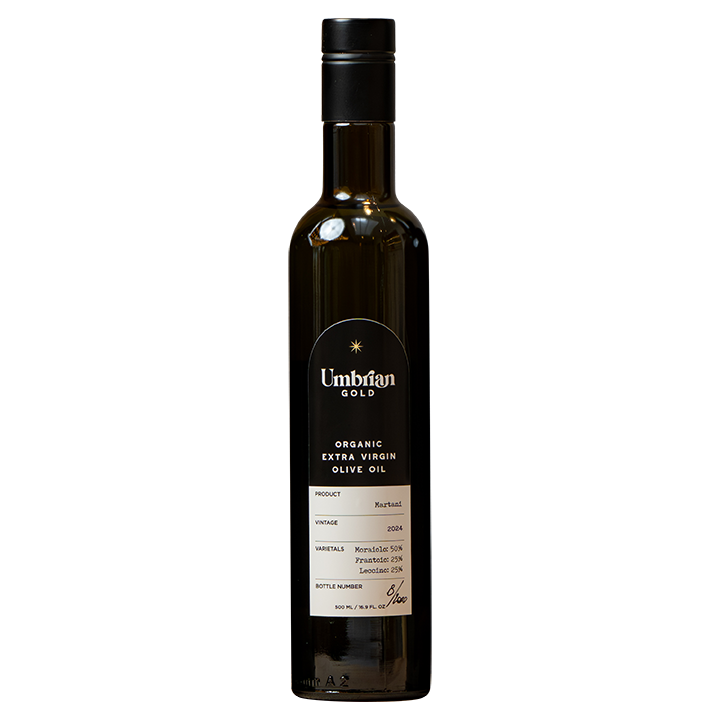
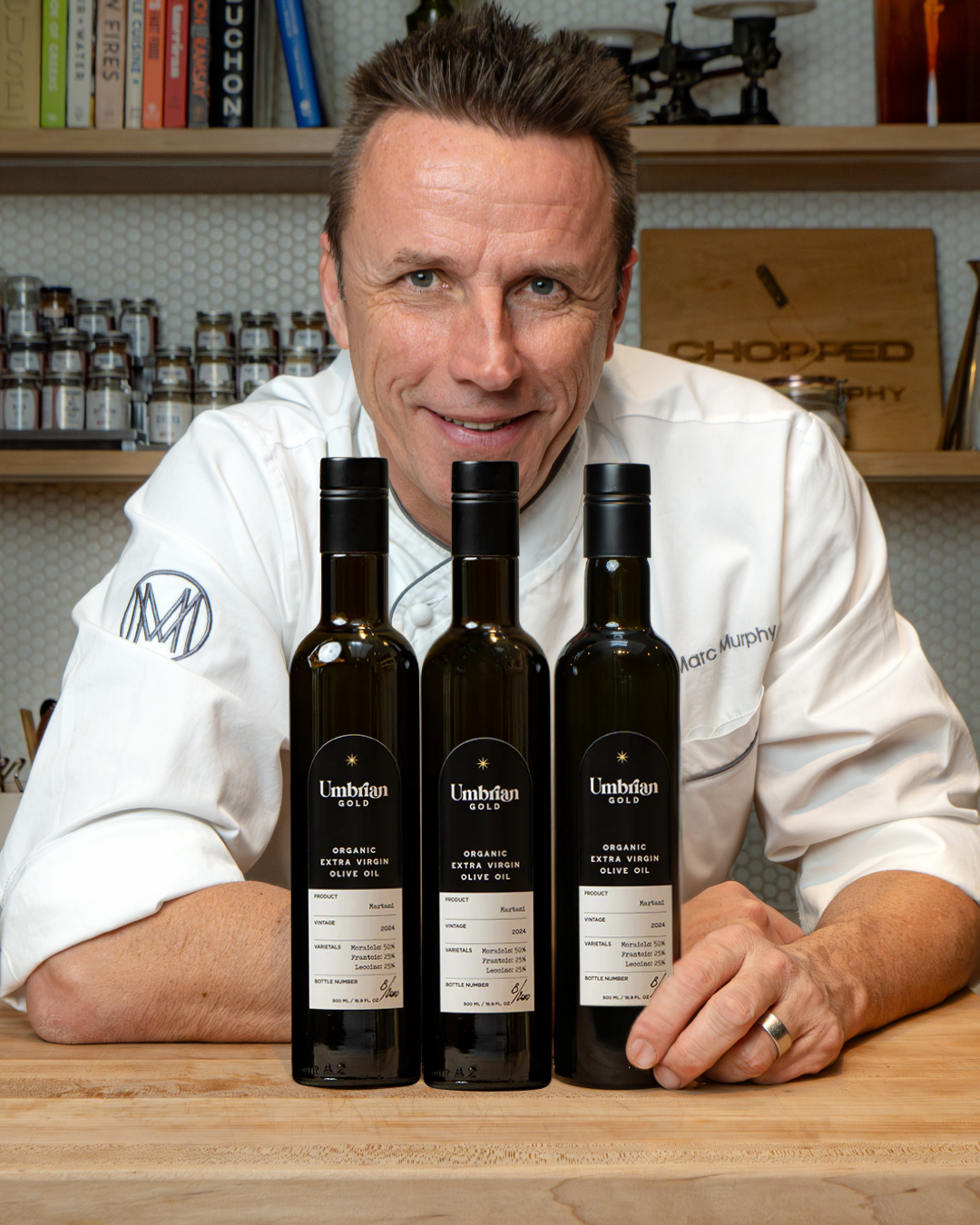
-
DAVID
"Besides putting Umbrian Gold on all my food, I take two tablespoons every morning for health reasons. The texture is amazing, and the characteristics of this particular vintage are superlative. Umbrian Gold is going to become the household brand name for high quality olive oil. “
-
JOSH
“This new season’s vintage absolutely blew me away."
-
ISABELLA JONES
"Once someone tastes Umbrian Gold they will never go back to mass-produced olive oil. It's another category altogether. "
FAQs
Who's behind Umbrian Gold?
Two brothers.
Paul (@paulumbria) started coming to Umbria every year after high school. He now lives there permanently with his family.
Marc (@chefmarcmurphy), who now lives in New York, lived in Umbria after finishing cooking school. During his time here he worked with local farmers clearing land, planting, harvesting, and learning traditional butchering and preservation techniques. He also learned to cook all the local dishes, almost all of which require olive oil.
Paul uses an average of 50 liters of olive oil a year. Marc barely manages with 150. He has a lot of guests! In addition, Marc exclusively uses Umbrian olive oil at his private event studio in Tribeca (@mmkitchenstudio). This year it will be Martani 2024.
Over the years visitors have left with tins of oil, and then asked us to send more. Without exception they tell us it's the best olive oil they've ever tasted. Last year we started Umbrian Gold and sold out our first year’s production.
Where do you ship?
Our fulfillment process is only set up to ship within the US. If you would like oil shipped elsewhere, get in touch: info@umbriangold.com
How much is shipping & handling?
When you checkout you can choose between standard and express shipping. In both cases, we use UPS.
For standard shipping (4-10 day delivery), we charge $10 to ship one bottle, $15 to ship two, and $0 (yes, free!) to ship three or more.
For express shipping (2 day delivery), we charge $25 for the first bottle and $5 for each additional bottle.
Do you charge tax?
We don’t charge tax but the State of New York does!
Unfortunately we must collect it when we ship to a New York address because we are based there. We aren’t required to collect sales tax for any other State yet.
When will I receive my oil?
As soon as we can get it to you!
If you’ve pre-ordered we will let you know when it has cleared customs and reached our fulfillment center. We will ship it immediately from there.
If you’ve ordered after the oil is in stock, it is shipped within 24 hours of order receipt, Monday-Friday.






